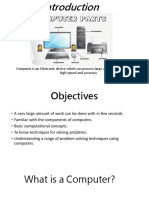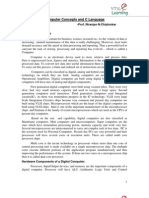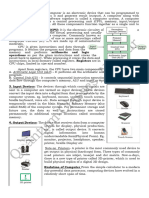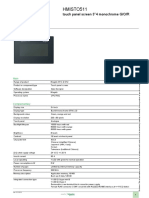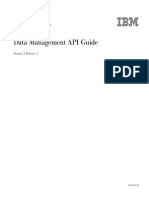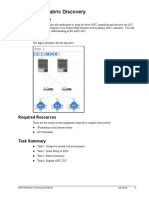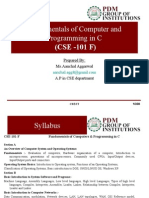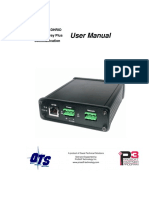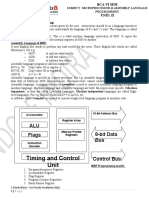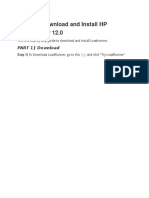0% found this document useful (0 votes)
23 views5 pagesComputer System Organization CSC
The document provides an overview of basic computer organization, detailing the components of a computer system, including the CPU, memory types, input/output devices, and software. It explains the functions of the control unit, arithmetic logic unit, and various types of memory (primary and secondary), as well as the role of software and operating systems. Additionally, it covers encoding schemes like ASCII, ISCII, and UNICODE for character representation.
Uploaded by
shriyaditaaCopyright
© © All Rights Reserved
We take content rights seriously. If you suspect this is your content, claim it here.
Available Formats
Download as PDF, TXT or read online on Scribd
0% found this document useful (0 votes)
23 views5 pagesComputer System Organization CSC
The document provides an overview of basic computer organization, detailing the components of a computer system, including the CPU, memory types, input/output devices, and software. It explains the functions of the control unit, arithmetic logic unit, and various types of memory (primary and secondary), as well as the role of software and operating systems. Additionally, it covers encoding schemes like ASCII, ISCII, and UNICODE for character representation.
Uploaded by
shriyaditaaCopyright
© © All Rights Reserved
We take content rights seriously. If you suspect this is your content, claim it here.
Available Formats
Download as PDF, TXT or read online on Scribd
/ 5















